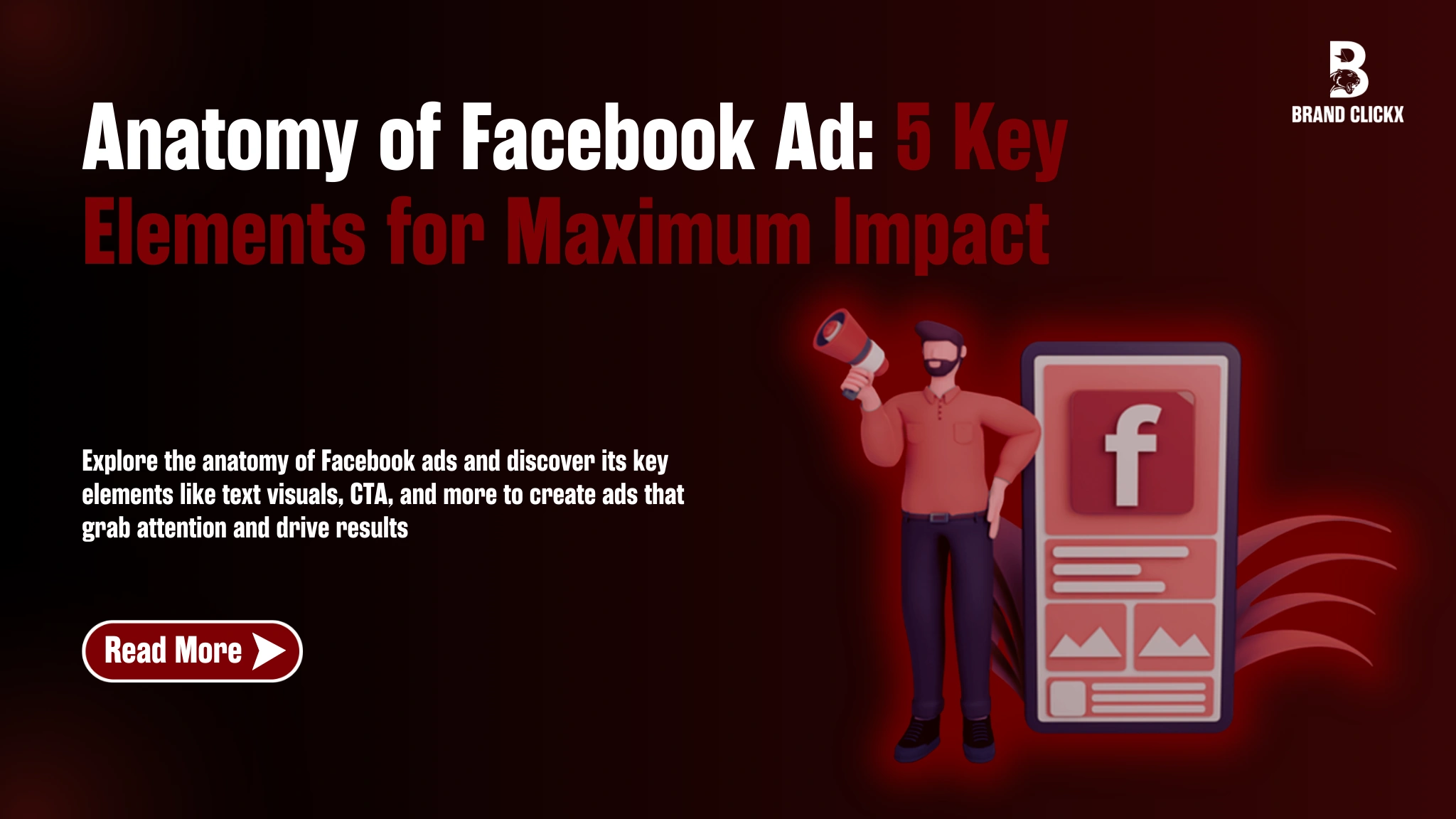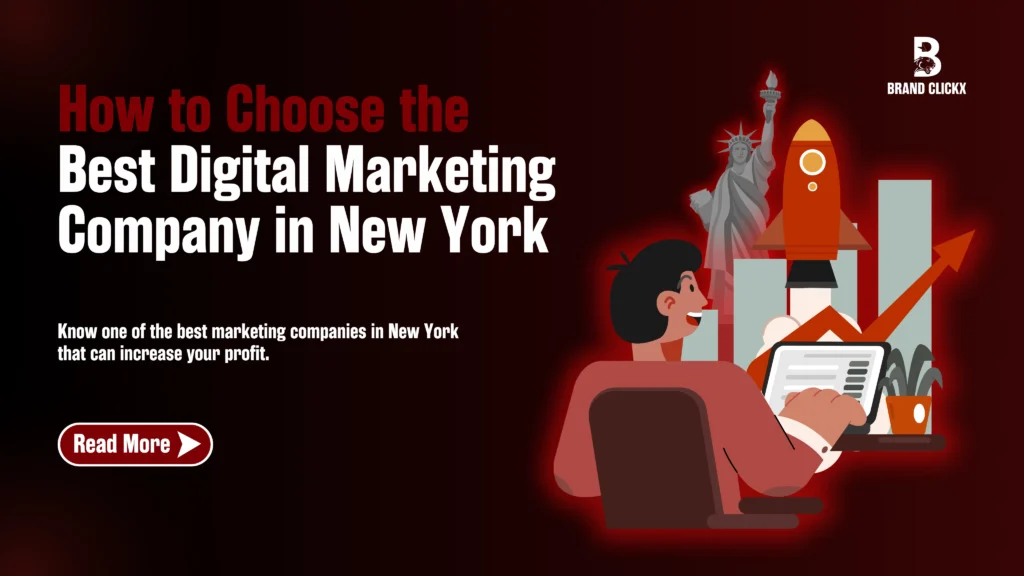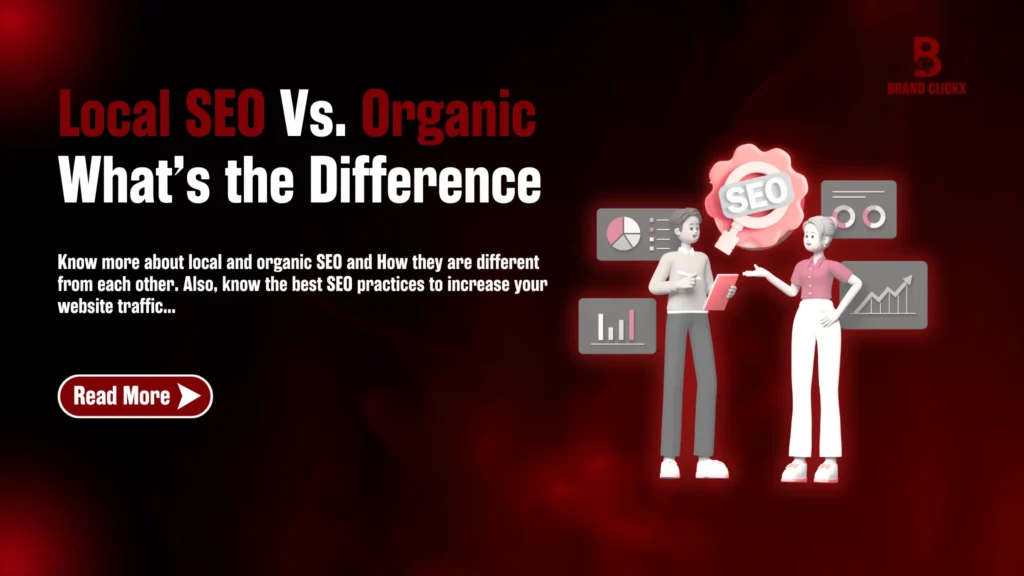Facebook ads help businesses reach the right people at the right time. A well-designed ad grabs attention, sparks interest, and encourages action. But what makes a great Facebook ad? It’s all about the right mix of images, text, and targeting.
In this post, we’ll anatomy of Facebook ads and how each element works to drive results. Let’s get into it!

Anatomy of Facebook Ads
1. Primary Text
This is the first thing people see, so it has to grab attention fast. Facebook shows only 125 characters before cutting it off, so you need to make those first words count. If your opening is dull, people won’t bother clicking “See More.” They’ll just keep scrolling.
The length of your text depends on the type of ad you’re running. Some ads work best with a short and punchy copy. Others need a little more storytelling. But no matter the length, your first line should hook them instantly. It could be a question, a bold statement, or a pain point they relate to.
Think about what would stop you from scrolling. A challenge? A promise? A surprising fact? Use your words wisely because, in a feed full of distractions, you only get one chance to make them pause.

2. Headline
It’s not actually the first thing people see, even though the name might make it seem that way. The headline appears below the image, next to the CTA button. It’s one of the last things they read before they click, so it needs to back up your message and make them click.
You don’t have much space here, so keep it short, direct, and action-driven. Think of it as your final chance to convince them. It should either highlight the main benefit, create urgency, or spark curiosity. A weak headline can make people hesitate, while a strong one makes clicking feel like the obvious next step. Make every single word count.

3. The Visual
This is the most important part of your ad. The text doesn’t stop people. The image or video does. No one scrolls through Facebook thinking, Let me read every ad carefully. They stop when something catches their eye. If your visual isn’t strong enough, the best ad copy in the world won’t matter.
Your image or video needs to pop instantly. It should be bold, clear, and directly relevant to your message. If you’re using a video, the first three seconds are everything. If nothing grabs attention in that time, they are already gone.
Don’t assume what works. Test different visuals. What you find impressive might not work for your audience. Keep experimenting until you find the one that truly stops the scroll.

4. Description
You don’t always see this part, but when it does show up, it’s a bonus chance to reinforce your message. Think of it as a subtle push that adds more weight to your offer. It’s not the main star, but it can make a difference.
Use this space wisely. Highlight one key feature or a strong benefit that makes clicking feel like the right choice. Keep it short, clear, and value-driven. If your ad has already done the heavy lifting, this little nudge might be the final reason someone decides to take action.

5. Call to Action
You got their attention. Now what? Don’t leave them guessing. Tell them exactly what to do next. A strong CTA makes the difference between someone scrolling past and someone taking action.
Keep it clear, direct, and logical. The button you choose should match what you’re offering. If you want them to buy, “Shop Now” makes sense. If they need to sign up, tell them. If they need more information first, “Learn More” is the way to go.
The right CTA removes hesitation. It makes the next step feel easy and obvious. If they’ve made it this far, don’t let them slip away.

Also Consider Reading:
- 8 Social Media Disadvantages Every Business Should Know
- Visual Content Creation for Social Media: Pro Tips & Tools
Ad Format: Picking the Right One
Facebook gives you several ad formats, and each one works differently. Choosing the right format depends on what you want to achieve. Here’s how each type works:
- Image Ads
This is the simplest format, a single image with text. It’s easy to create, clean, and direct. If your image is strong enough, it can grab attention instantly. This type is best for highlighting a product, a discount, or a message in one quick glance.

Video Ads.
Videos naturally stand out in the feed. Whether it’s a short clip or a long-form ad this format lets you show, not tell. The key is to grab attention in the first 3 seconds because if you don’t people will scroll away. This format is great for product demos, testimonials or brand storytelling.

Carousel Ads.
You can use multiple images or videos in one ad where people can scroll through them. Each slide can have its own link, so it’s perfect for showing different products, features or steps in a process. If you want to tell a story or show multiple things at once, this is for you.

Collection Ads.
This format is all about shopping. It starts with a large image or video, and underneath, multiple products are displayed. When clicked, it opens into a mini storefront within Facebook. If you run an e-commerce store, this type is one of the best ways to turn viewers into buyers.

Each ad format works differently, so choose the one that fits your goal. If you want something quick and easy, then go for image or slideshow ads. If you want something more engaging, then videos, carousels and Instant Experience ads will work better.
Also Check:
- How to design social media ads that actually work
- 10 Social Media Campaign Ideas That Drive Engagement
FAQs
1. What is the anatomy of a Facebook ad campaign?
A Facebook ad campaign has three main levels:
- Campaign – Defines the overall goal (e.g., conversions, traffic).
- Ad Set – Sets the audience, budget, and placement.
- Ad – The actual creative (image, text, CTA).
2. What are the different parts of a Facebook ad?
A Facebook ad includes:
- Primary Text – The main message.
- Creative – Image, video, or carousel.
- Headline – A short, catchy title.
- Description – Extra details (optional).
- CTA (Call to Action) – Button like “Shop Now” or “Learn More.”
- Destination URL – The link where users go.
3. What is the anatomy of a digital ad?
A digital ad has key elements:
- Visuals – Image, video, or banner.
- Headline – Grabs attention.
- Body Text – Delivers the message.
- CTA – Encourages action.
- URL – Leads to the landing page.
- Targeting – Reaches the right audience.
Final Thoughts
A great Facebook ad isn’t just throwing some text and an image. It’s making everything work together. The right words, eye-catching visuals and a strong CTA can turn a basic ad into one that actually works.
Whether you want more clicks, sales or just better engagement, understanding how each part of your ad works makes all the difference. Not sure where to start? Brand ClickX can help you create ads that connect and convert! Get in touch today, and let’s make your Facebook ads work smarter.



